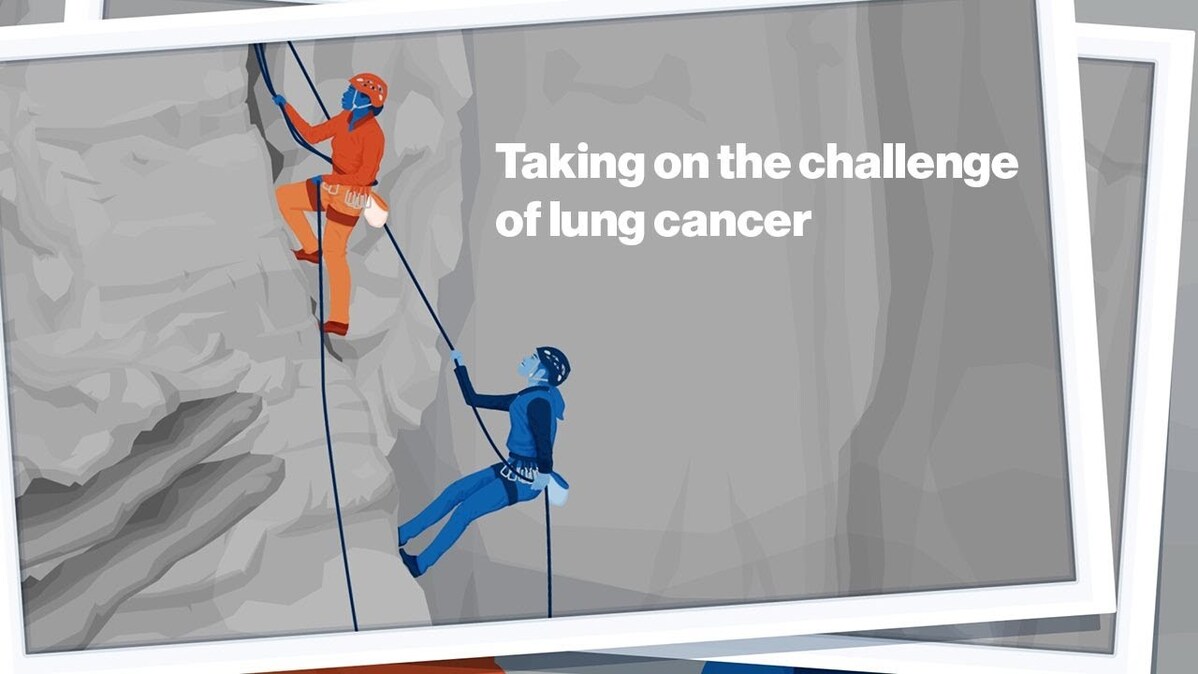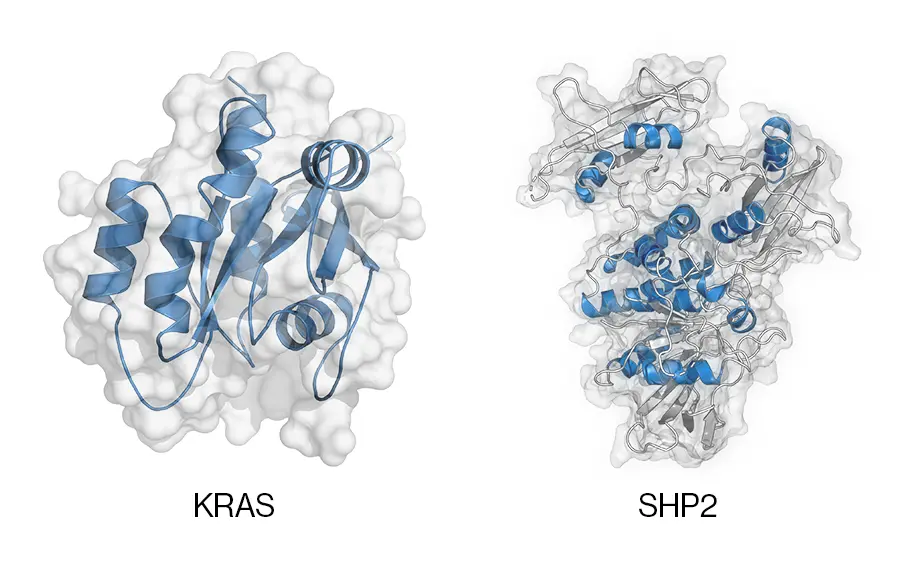Few challenges are as daunting in scale and scope as the search for new treatments for cancer. As scientists push forward, it is clear that combinations of drugs could help overcome some of the biggest obstacles in oncology. Take, for example, lung cancer.
“The field of lung cancer has seen incredible breakthroughs, thanks to our ever-increasing scientific understanding of its biology,” says Anna Farago, a medical oncologist specializing in lung cancer and a clinical researcher at Novartis. “But it's a diverse disease with different subtypes that each require unique strategies to address. Many subtypes of lung cancer have few or no effective treatments, and it’s essential that we push to create new and better options for patients.”
At Novartis, researchers are tackling lung cancer on many fronts. This includes efforts to create long-sought treatments for one of the most common genetic drivers of cancer, especially in the lung, involving a form of a protein known as KRAS.
Such medicines, however, may need help to aid their effectiveness. So Novartis teams developed a specialized drug with the potential to be a partner not only for drugs against KRAS, but also for many other cancer drugs. How? By confronting one of the yet-unsolved cruxes in oncology: drug resistance.
 VIDEO
VIDEO
The monumental challenge of lung cancer
The iconic rock formation El Capitan towers some 3 000 feet (about 914 meters) above the floor of Yosemite Valley, California, in the US. Adventurers from around the world scale its imposing granite walls every day. Yet, a little over 60 years ago, most thought it impossible to climb.
In a way, the story is similar for scientists working on lung cancer treatments. The disease is formidable – more people lose their lives to lung cancer each year than to any other cancer – and it was once considered untreatable. Like the trailblazers who charted the first routes up El Capitan, researchers worked over the decades to understand the disease, establishing new routes for medicines along the way. Their efforts spurred a wave of therapies that have transformed treatment for many types of lung cancer. Other types, however, still have few treatment options.




